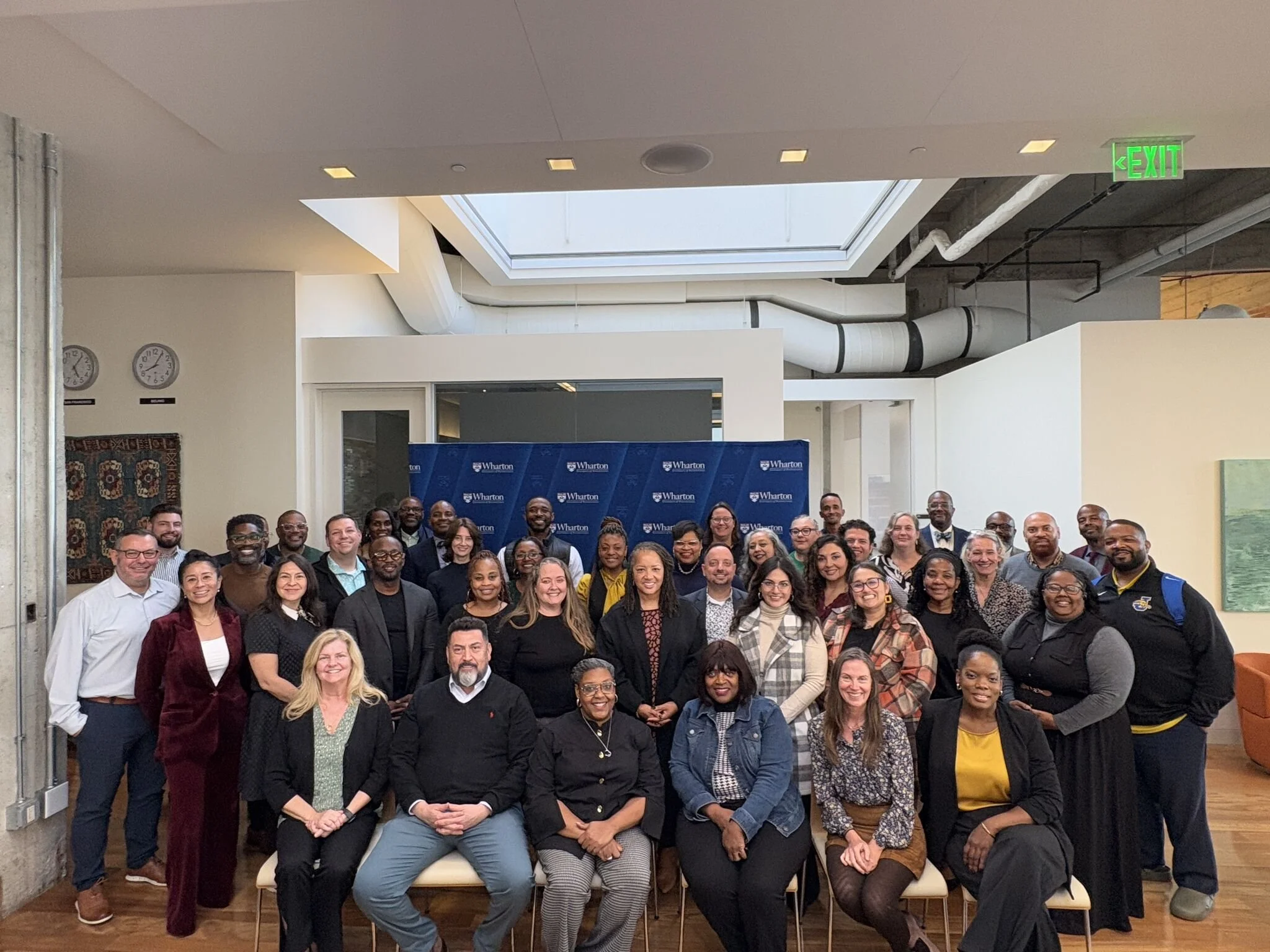MTSS as the OS
When School Leaders Update Their Operating System
Last week I had the honor of joining the Wallace Foundation's Equity Centered Pipeline PLC hosted by the UPenn Graduate School of Education. The principals, from eight large school districts, shared their MTSS questions and celebrations. I was invited to speak about Tier 2 implementation and along the way we spoke about student mental health and AI.
These leaders showed up in the middle of everything they're juggling—and trust me, they're juggling a lot—to dig into the complex work of MTSS implementation.
Here's what struck me most: these principals were problem-solvers to their core. They didn't come looking for magic solutions or quick fixes. They leaned in, asked hard questions, and immediately started thinking about how to apply what we discussed with their teams.
MTSS is Your Operating System and it May Need an Update
At one point, we talked about MTSS as an operating system (thanks to Dr. Catherine Bradshaw from UVA for sharing this analogy with me). Think about your phone or computer. You've got different apps for different functions. In schools, we have our "apps" too: for attendance, academic interventions, social-emotional support, behavior, and you get the idea.
But here's the thing: all those apps run on the same operating system.
When something isn't working right, we often think we need a new app. A new program. A new curriculum. Another initiative. But sometimes—maybe most times—what we really need is to update the operating system itself.
It was awesome to see the metaphor landed and several principals noted as much in their feedback survey.
They resonated with the idea that when your MTSS operating system is solid, everything else runs smoother. Your data systems talk to each other. Your teams know how to collaborate. Your interventions are coordinated instead of duplicated. Your staff aren't overwhelmed by seventeen different "solutions" that don't connect.
Is AI a Part of MTSS Too?
What I loved most was watching these leaders grab onto practical tools like the MTSS Readiness Checklist—not as another thing to do, but as something they could actually use right away. That's what great leaders do. They take ideas and immediately think about impact.
When we dug deeper into Tier 2 practices, the conversation touched upon student mental health and concerns about AI use. And honestly? It got me thinking about how these topics aren't separate from MTSS—they're part of it.
If we consider MTSS our operating system, then there's absolutely a space for us to wisely integrate AI policies and practices into our schools through our already existing MTSS frameworks. AI isn't something happening to our schools. It's something we can thoughtfully integrate into the systems we're already building.
What Gives Me Hope
I left San Francisco feeling genuinely hopeful. Not because everything is figured out, but because these principals reminded me that we do our best work when we come together, share what we're actually experiencing, and figure things out as a community.
AI is here. It's in our students' pockets, showing up in their homework, and raising questions we're all trying to answer in real time. We need spaces where school leaders can approach it thoughtfully—balancing innovation with integrity, opportunity with guardrails.
Want to explore how AI fits into MTSS together? I'm launching a new AI in Education newsletter where we'll tackle these questions as they emerge. No hype, no fear-mongering—just practical conversations about what AI means for the work we're already doing. Sign up here.

